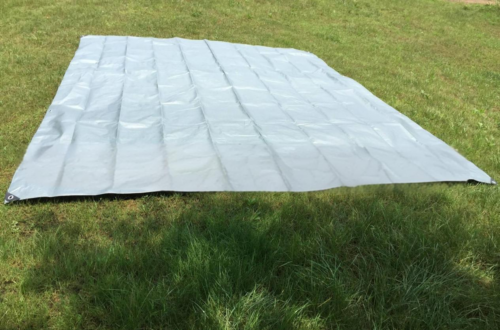The Evolution of Design Software in the Fashion Industry
|
The fashion industry has undergone a significant transformation over the past few decades, and design software has played a crucial role in this metamorphosis. From humble beginnings to the current era of cutting-edge technology, design software has revolutionized the way fashion designers work, creating, and innovating. In this article, we’ll delve into the evolution of design software in the fashion industry, exploring its impact on the creative process, and how it has reshaped the way fashion brands operate. In the early days, fashion designers relied heavily on manual sketches, paper patterns, and physical prototypes to bring their designs to life. This labor-intensive process was time-consuming, prone to errors, and often resulted in costly mistakes. The introduction of computer-aided design (CAD) software in the 1980s marked a significant turning point. CAD systems enabled designers to create digital patterns, grade sizes, and visualize designs with greater accuracy. However, these early systems were limited, and it wasn’t until the 1990s that design software specifically tailored to the fashion industry began to emerge. [design software fashion]() One of the pioneers in fashion design software was OptiTex, launched in 1988. This Israeli-based company developed a CAD system that catered to the unique needs of fashion designers, offering features such as automated grading, marker making, and fabric estimation. As the industry began to adopt CAD technology, designers could work more efficiently, reducing production times and costs. The 1990s also saw the rise of other notable design software, including Gerber’s AccuMark and TUKAcad. The 2000s witnessed a significant shift towards 3D design software, with companies like OptiTex and TUKA3D introducing 3D visualization tools. This enabled designers to create virtual prototypes, reducing the need for physical samples and allowing for more accurate fit analysis. The introduction of 3D design software also facilitated collaboration between designers, pattern makers, and manufacturers, streamlining the production process. In recent years, the fashion industry has seen a surge in the adoption of artificial intelligence (AI) and machine learning (ML) technologies. Design software now incorporates AI-powered tools, enabling designers to generate designs, predict trends, and optimize production. For instance, Stella McCartney’s partnership with Google to develop an AI-powered design tool demonstrates the potential of technology in sustainable fashion. This innovative platform uses ML algorithms to suggest sustainable materials, reducing waste and environmental impact. Today, design software is an indispensable part of the fashion industry. Brands like Gucci, Prada, and Chanel leverage advanced software to streamline their design-to-production process, ensuring faster time-to-market and reduced costs. The rise of virtual and augmented reality (VR/AR) technologies is also transforming the fashion landscape. Designers can now create immersive experiences, allowing customers to interact with products in entirely new ways. As the industry continues to evolve, design software will play an increasingly vital role in shaping the future of fashion. |


